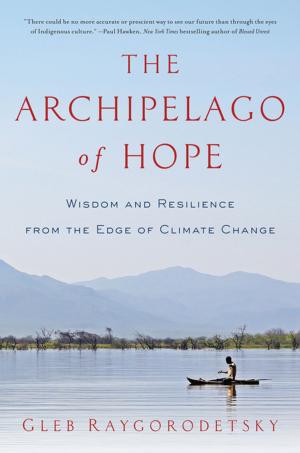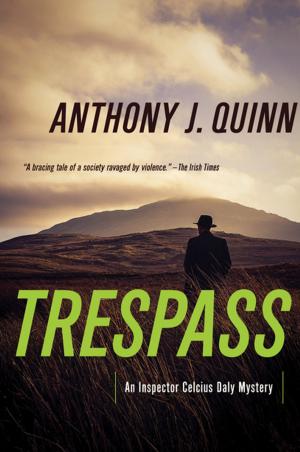Washed Away
How the Great Flood of 1913, America's Most Widespread Natural Disaster, Terrorized a Nation and Changed It Forever
Nonfiction, History, Americas, United States, 20th Century| Author: | Geoff Williams | ISBN: | 9781453271636 |
| Publisher: | Pegasus Books | Publication: | February 5, 2013 |
| Imprint: | Pegasus Books | Language: | English |
| Author: | Geoff Williams |
| ISBN: | 9781453271636 |
| Publisher: | Pegasus Books |
| Publication: | February 5, 2013 |
| Imprint: | Pegasus Books |
| Language: | English |
The true story of a catastrophic weather event that will “interest readers who enjoyed Erik Larson’s Isaac’s Storm” (Booklist).
This is the incredible account of a flood of near-Biblical proportions in early twentieth-century America—its destruction, its heroes, its victims, and how it shaped natural-disaster policies in the United States for the next hundred years.
The storm began March 23, 1913, with a series of tornadoes that killed 150 people and injured 400. Then the freezing rains started and the flooding began. It continued for days. Some people drowned in their attics, others on the roads when they tried to flee. It was the nation’s most widespread flood ever—more than 700 people died, hundreds of thousands of houses and buildings were destroyed, and millions were left homeless. The destruction extended far beyond the Ohio Valley to Illinois, Indiana, Michigan, Nebraska, Pennsylvania, Tennessee, Arkansas, Louisiana, Kentucky, West Virginia, New York, New Jersey, and Vermont—fourteen states in all, and every major and minor river east of the Mississippi.
In the aftermath, flaws in America’s natural disaster response system were exposed, much as they would be nearly a century later in the wake of Hurricane Katrina. People demanded change. Laws were passed, and dams were built. Teams of experts vowed to develop flood control techniques for the region and stop flooding for good. So far, those efforts have succeeded—it is estimated that in the Miami Valley alone, nearly two thousand floods have been prevented, and the same methods have been used as a model for flood control nationwide and around the world.
This suspenseful historical tale of a dramatic yet little-remembered disaster “weaves tragic and heroic stories of people in the various affected states into an almost hour-by-hour account of the deadly storm” (Booklist).
The true story of a catastrophic weather event that will “interest readers who enjoyed Erik Larson’s Isaac’s Storm” (Booklist).
This is the incredible account of a flood of near-Biblical proportions in early twentieth-century America—its destruction, its heroes, its victims, and how it shaped natural-disaster policies in the United States for the next hundred years.
The storm began March 23, 1913, with a series of tornadoes that killed 150 people and injured 400. Then the freezing rains started and the flooding began. It continued for days. Some people drowned in their attics, others on the roads when they tried to flee. It was the nation’s most widespread flood ever—more than 700 people died, hundreds of thousands of houses and buildings were destroyed, and millions were left homeless. The destruction extended far beyond the Ohio Valley to Illinois, Indiana, Michigan, Nebraska, Pennsylvania, Tennessee, Arkansas, Louisiana, Kentucky, West Virginia, New York, New Jersey, and Vermont—fourteen states in all, and every major and minor river east of the Mississippi.
In the aftermath, flaws in America’s natural disaster response system were exposed, much as they would be nearly a century later in the wake of Hurricane Katrina. People demanded change. Laws were passed, and dams were built. Teams of experts vowed to develop flood control techniques for the region and stop flooding for good. So far, those efforts have succeeded—it is estimated that in the Miami Valley alone, nearly two thousand floods have been prevented, and the same methods have been used as a model for flood control nationwide and around the world.
This suspenseful historical tale of a dramatic yet little-remembered disaster “weaves tragic and heroic stories of people in the various affected states into an almost hour-by-hour account of the deadly storm” (Booklist).















